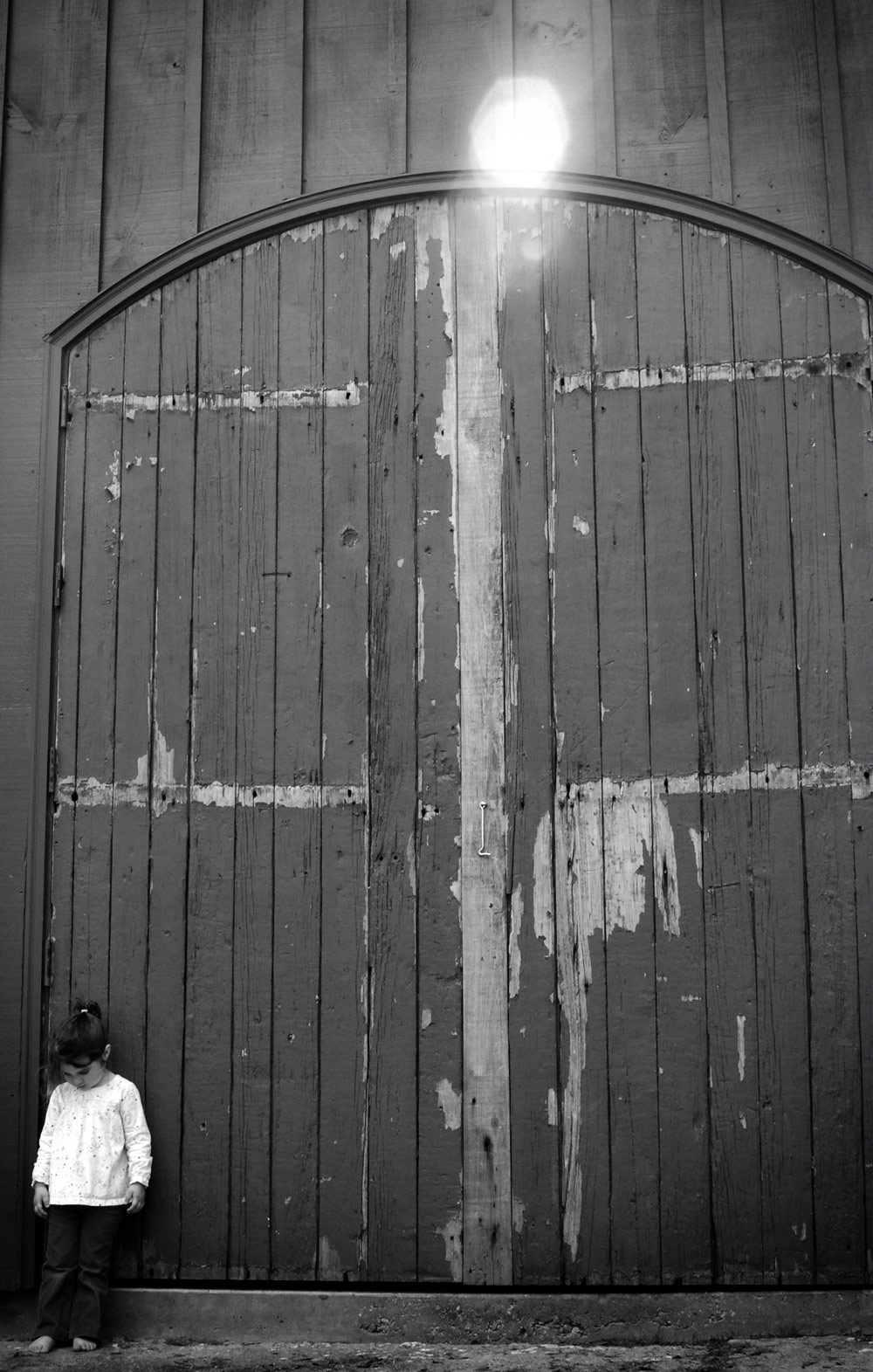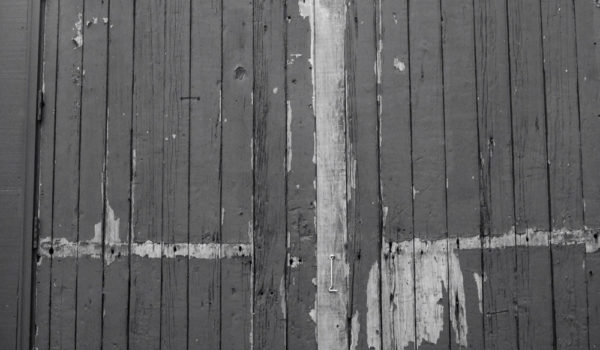Doors get a lot of attention at our office. We design them, test materials for them, critique them and travel the world looking for them. To us, a door is more than just a functional way for a person to enter and exit a room. It’s even more than an architectural or design element. A great door is a product of superb engineering, creative design, masterful woodworking, architectural excellence and practical application. And in the extremes of a Southern climate a door can be a sticking point, both literally and figuratively. Here’s a simple rundown of some popular woods used for doors and a few points on how we like to apply them.
Cypress Doors
Application: Primarily for interior doors or exterior doors protected from the elements.
Pros: This wood is beautiful, and when stained and sealed correctly can last a lifetime. In Louisiana, in particular, Cypress is iconic and unmistakable.
Cons: It’s very porous and less dense than many other woods. This means the elements, such as humidity, have a much greater impact on the stability and longevity of Cypress than some other woods. Cypress is also susceptible to movement and warping. In fact, anything taller than a 7’6″ Cypress door should be at least 2 inches thick to help counteract its instability.
Spanish Cedar:
Application: Primarily used for exterior doors.
Pros: Very stable and dense so it can stand up to the elements. It can be used as the exterior laminate door (with the interior wood being a Cypress, for example).
Cons: It’s difficult to mill as spanish cedar releases a chemical irritant when cut that can leave a very bitter taste in your mouth and irrigate your eyes. Also, Spanish Cedar often has to be bleached to match the wood used in the rest of the house because it is so red and unlike many other woods likely to be used in a home.
Mahogany:
Application: Exterior or Interior Doors.
Pros: Very beautiful wood, very desirable. Stains beautifully and stands up to an exterior climate.
Cons: It’s expensive, and the availability of mahogany is such that we rarely see it any more.
Reclaimed Doors:
Application: Exterior or Interior Doors.
Pros: The “character” or a reclaimed door is what makes them so desirable. Many reclaimed doors seem to have a story to tell and are entirely unique. For the door itself, they can be less expensive (see Cons, however).
Cons: Because they can often be found on the cheap, many homeowners mistake reclaimed doors as cheaper than custom doors. Unfortunately, after having the door cleaned, repaired, refurbished and a custom jam and door locks, reclaimed doors are often going to end up costing more than custom. Additionally, if you want your doors to match throughout the house, you will have to look long and hard to find enough reclaimed doors from one source at one time. Be careful when selecting them to pay attention to the thickness- thicknesses vary and must be considered when selecting hardware.
Poplar/White Pine:
Application: Poplar is used for custom size interior doors that are going to painted. White pine is what stock doors are normally made of.
Pros: Cheaper than more exotic woods, and often in readily available “stock” sizes however the Poplar is not significantly less than cypress if it is in a custom size and you don’t have the option to stain. Both woods paint and seal very well and provide a slick and consistent finish. Also, stock doors come pre-drilled for locks and hinges so installation is a breeze.
Cons: Neither wood stains well, they should be painted. Stock sizes usually mean a less custom look.
Custom Door Tips
Proportion Matters: When choosing what materials and overall design to use for your home, don’t overlook proportion. Frankly, many designers do not pay enough attempt to the proportions of a door to a room. Here are a few tips:
- A good rule of thumb is 10’-0” ceilings should have a minimum of a 7’-6” door- a 12’-0” ceiling min. 8’-0”. Any door taller than 7’6″ should be at least 2 inches thick.
- We typically like the lock rail (or horizontal rail parallel to the lock) no more than 34 inches high on center (39 inches is standard). We prefer that our stiles are closer to 4 inches think rather than the standard 5.5 inches. It’s a more elegant look, we think.
- Hardware Is Key: For locks, the simpler the better. The door should be the focal point, not the lock and key. We tend to lean toward Baldwin. A 3 ½” square mortise hinge is what we specify and it may seem like a small detail, but a square hinge is a tell-tale sign of the quality installation typical in custom home construction. We prefer our custom doors come to us without any pre-drilling. This allow us total flexibility in choosing an applying hardware.

Madelyn Jones, Ben’s oldest daughter in front of reclaimed New Orleans carriage doors on their family barn



